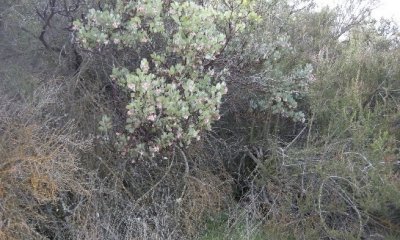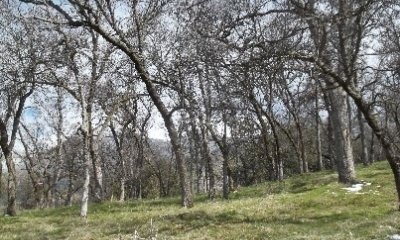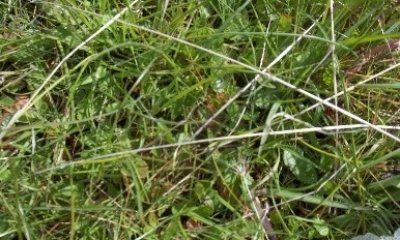
Thermic Granitic Foothills
Scenario model
Current ecosystem state
Select a state
Management practices/drivers
Select a transition or restoration pathway
- Transition T1.a More details
- Transition T1.b More details
- Restoration pathway R2.a More details
- Transition T2.a More details
- Restoration pathway R3.a More details
-
No transition or restoration pathway between the selected states has been described
Target ecosystem state
Select a state
Submodel
Submodel
Mechanism
T1.a This transition occurs after decades of little to no disturbance agents (including management), which builds up fuels. There is a shift towards chaparral shrubs and accompanying changes in fire regime will favor species that can sprout and seed after high intensity fires.
Mechanism
T1.b This transition occurs after repeated fires that reduce the competition of woody vegetation. Also, mechanical tree removal and repeated brush management.
Restoration pathway R2.a


Mechanism
R2.a This restoration pathway occurs after active brush management, chemical treatment, followed up with tree planting.
Mechanism
T2.a This transition occurs after repeated fires that reduce the competition of woody vegetation. Also, mechanical tree removal and repeated brush management can result in annual herbaceous vegetation.
Model keys
Briefcase
Add ecological sites and Major Land Resource Areas to your briefcase by clicking on the briefcase (![]() ) icon wherever it occurs. Drag and drop items to reorder. Cookies are used to store briefcase items between browsing sessions. Because of this, the number of items that can be added to your briefcase is limited, and briefcase items added on one device and browser cannot be accessed from another device or browser. Users who do not wish to place cookies on their devices should not use the briefcase tool. Briefcase cookies serve no other purpose than described here and are deleted whenever browsing history is cleared.
) icon wherever it occurs. Drag and drop items to reorder. Cookies are used to store briefcase items between browsing sessions. Because of this, the number of items that can be added to your briefcase is limited, and briefcase items added on one device and browser cannot be accessed from another device or browser. Users who do not wish to place cookies on their devices should not use the briefcase tool. Briefcase cookies serve no other purpose than described here and are deleted whenever browsing history is cleared.
Ecological sites
Major Land Resource Areas
The Ecosystem Dynamics Interpretive Tool is an information system framework developed by the USDA-ARS Jornada Experimental Range, USDA Natural Resources Conservation Service, and New Mexico State University.










